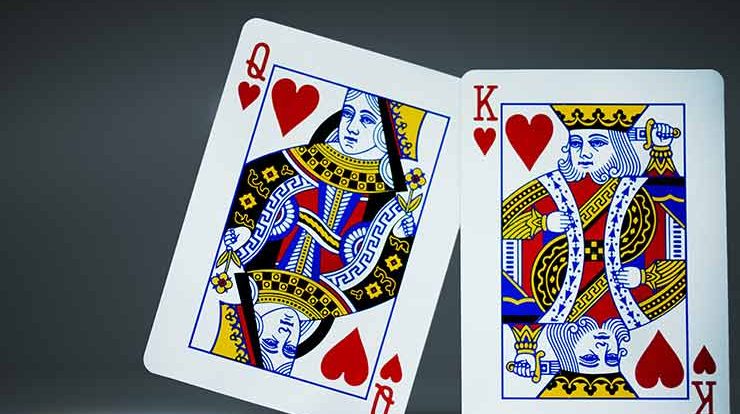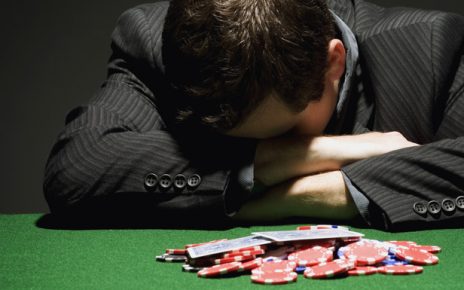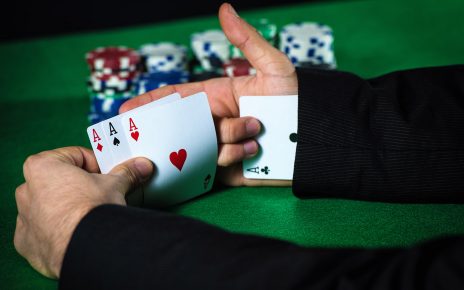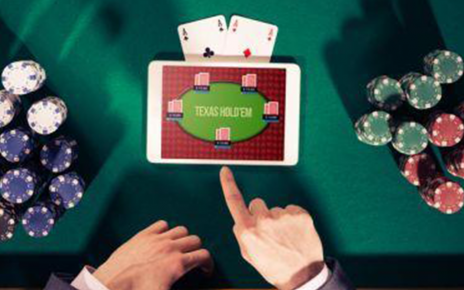Poker Strategy: Paint May Look Good, But Tread Carefully
Generally, while sitting at the poker table, players would attempt to mix up their game lest their opponent gets penned in that they’re taking an ABC approach to playing. Besides, one amongst the more popular ways to deviate from the norm but apparently the strong holdings is to play paint cards. During this situation, “Paint” poker cards which include of any combination of face cards within the deck (K-Q, K-J, Q-J) – it can look great from the start, but you have got to be extremely careful as they’re unlikely to win because the opponents you face can hold kickers that are able to defeat your hand.
The Setup and Fault From the Start
Recently I was involved in a poker discussion where this question arose. “I’m on the button with a pair of hands that is a K-J of diamonds and $400 and UTG (under the gun, or first to act) which makes it $23 to go,” the player said. “It’s pretty standard for this (home) game, $1/$3. Anyway, four-person call, by the time the action gets to me I called too. Flop is a hand that is J-4-7 with a diamond, the initial raiser makes it $75 and I was the sole one who called. The turn was a six of diamonds and also the original raiser bets out $150.”
“I took it for some minutes,” the storyteller continued, “however, I tried to make a choice. I thought about a raise but I didn’t pull the trigger. Furthermore, River was a ten of clubs and he pushes his remaining stack that covers mine. I called and lost…he had A-J. What do you think?”
First, the player made the error by playing against too many opponents. Besides with a giant raise from under the gun and 4 other callers in front of him, the K-J he was holding should have shriveled up and tossed within the muck. The UTG raise is sort of strong, figuring for a minimum of a mid-pair, higher, or A-K, and also the FOUR callers could literally have anything – baby pairs, middle suited connectors, maybe weaker suited Aces even.
So then, together with his paint cards on the button, that’s not precisely the weapons you wish. He would’ve had to hit the flop perfectly, something along the lines of K-J-x because you couldn’t even be assured that you would just be ahead on a K-K-x or J-J-x flop. Even with the advantage of position, you’d still need to possess more ammunition for the upcoming war, especially with so many opponents.
Instead, He Played the Hand, So…
Moreover, with top pair and a King kicker, he might have thought that he was leading. His opposition could have held a hand like A-J that beat him on the flop, just the sort of hands that players, especially during a loose game, will raise with under the gun. It’s true that he could have held a pair of Q-J or even a J-10, but most players wouldn’t be rising from under the gun with that hand.
In addition, the second diamond on the turn is what sealed the fate of my buddy. Once he was four-flushed with a top pair and King kicker, he was going to go to the river to see what would happen. After the river blanked, he had a troublesome decision – was he able to risk what he had on the table one pair or could he let it go and give his opponent the credit for a better hand (or a well-played bluff?). In poker, you always need a little over one pair to travel to battle with, especially with the additional options that your UTG opponent was overplaying a pocket pair of 6 or tens that simply caught up with you on the turn or river.
Overall Summary
There were some mistakes that were made in this hand. Firstly, with five opponents in before, the player needed to own a more optimal hand than the paint cards (it can be said that, with five players before, anything short of Aces needed to be tossed). Especially during a game where the bets are big and any hand can be the one played for your stack, you simply don’t want to bleed money away.
Secondly, the player took away a too passive approach to playing the hand. At no point did he ever attempt to determine where he was with a raise or perhaps a semi-bluff. By only calling bets pre-flop, on the flop, on the turn, and also the river, he basically handed over his stack to his opponent when he might have found a way to fold with an appropriate raise. However, if he did actually pop his heads-up opponent at any point, would he be willing to go with just his top pair/King kicker for his stack? Whenever you raise the stakes, you ought to have a plan for what you will do after your opponent responds by either calling or re-raising your bet.
In conclusion, Paint cards are often a sneaky and profitable play, but it works best with one or two players and not so much when the entire table is coming along for the ride. Also, you have to find out at some point just where you’re within the hand, particularly if you do hit a piece of the flop. In this case, my buddy’s entire $400 stack went away, an expensive lesson that he’s going to remember the following time it comes around.




